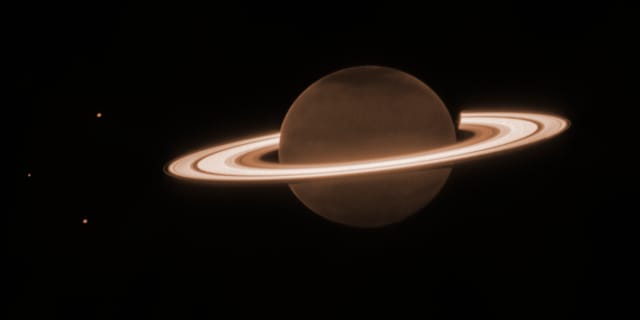The James Webb telescope and a sketch of what K2–18b might look like. TT/Nasa
The search for life in space
The scientists sure: A matter of time before we find life
It is only a matter of time before humanity finds life in space. This is claimed by a number of researchers that the BBC spoke to.
- It is obvious to many of us that we cannot be the only intelligent life form out there, says Professor Catherine Heymans at the University of Edinburgh.
NASA's James Webb telescope recently found traces of life on the planet K2-18b, which is 120 light years from Earth and is now being specially studied.
The traces are chemical compositions that, on Earth at least, can only be produced by living things. K2–18b also lies within the so-called gold lid zone. That is, at a distance from a star that makes it neither too cold nor too hot for life to arise.
- If we find signs of life on the first planet we study, the probability that life is common in the universe increases, says Professor Nikku Madhusudhan at the University of Cambridge.

Saturn. AP
Theory: Saturn's rings were formed in a "recent" lunar crash
It is hard to imagine Saturn without its characteristic rings. But how and when were they formed? According to the researchers behind a new study, the rings are not necessarily several billion years old, but may have arisen "recently" by astronomical standards, writes the New York Times.
One theory is that a collision between two frost-stained moons is behind it and that the collision may have occurred "only" a couple of hundred million years ago.
- It would certainly have been cruel to see if the dinosaurs had had good enough telescopes, says Jacob Kegerreis, Nasa researcher and one of the authors of the study.

Inga kommentarer:
Skicka en kommentar